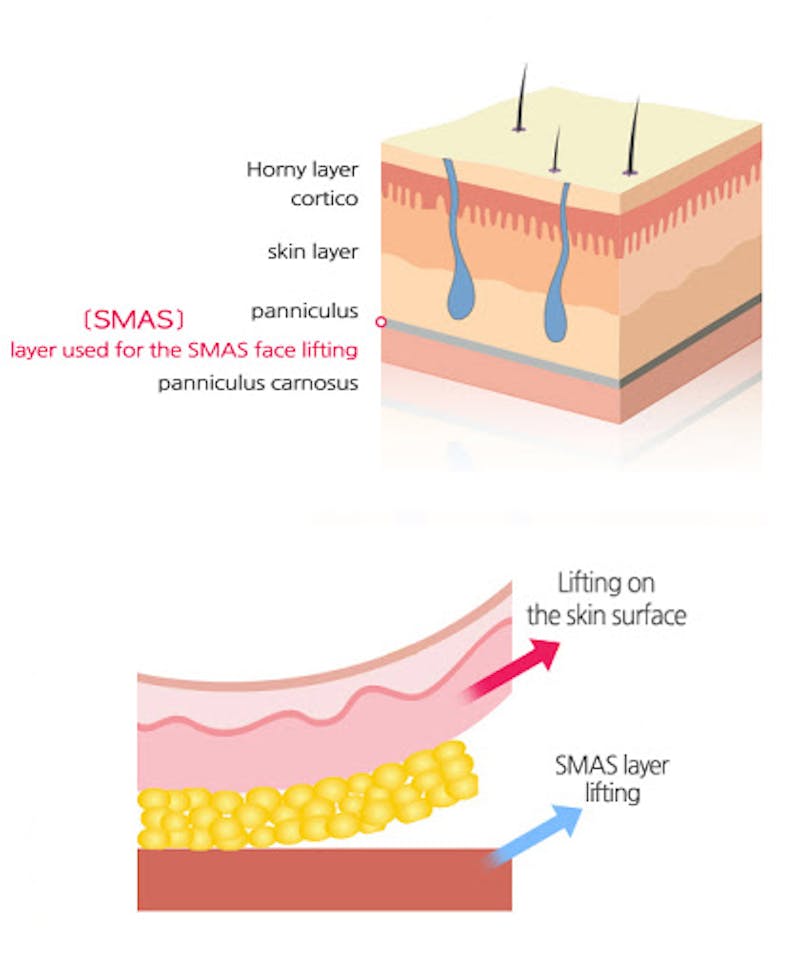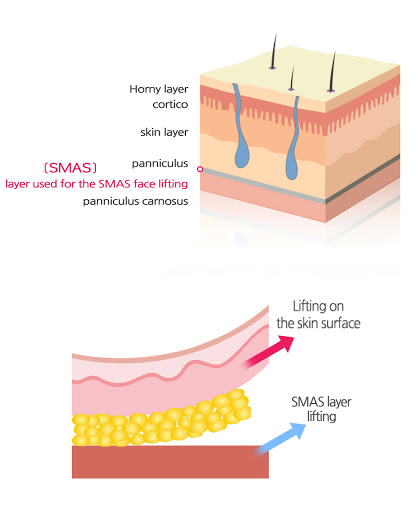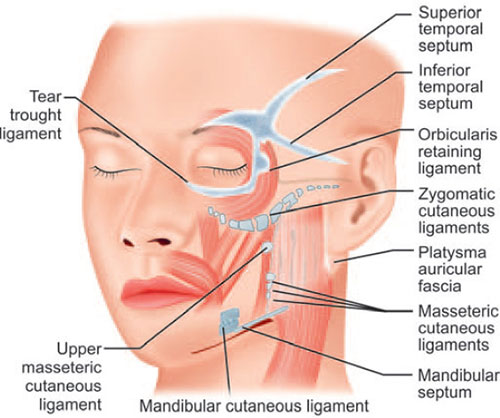
Not all facelifts are created equally. In order to truly understand the evolution of the modern facelift, we must first look back at the history of the procedure. It may surprise you to learn that, in one form or another, the facelift has been around for a lot longer than you may realize – with the first real attempts occurring at the turn of the century.
In 1901, a doctor by the name of Eugene Holländer attempted the first facelift on a wealthy aristocrat in Berlin. The procedure was performed by removing an ellipse of skin around the ear. The surgical defect that was created was then closed under tension with suture to provide a cosmetic improvement to the neck and jawline.
15 years after Dr. Holländer’s work in Berlin, a German surgeon by the name of Erich Lexer performed what many consider to be the first modern facelift. In this procedure, skin was dissected off the underlying fat, redraped, and then closed under tension. This procedure would later be classified as a “skin-only facelift” and would go on to become the predominant form of facelift for the next 60 years. In fact, it is actually still performed by some surgeons today. That particular technique was known to create a “wind-tunnel look,” in that the skin of the face appeared stretched tight and, in some cases, unnatural. In addition to this pitfall, skin-only facelifts were limited in their duration of effect. This is due to the nature of the skin itself. Skin loosens overtime faster than most tissues, especially if it is under tension, and so the results would only last about 1-2 year.

In the 1960’s, a surgeon by the name of Tord Skoog attempted to improve facelift outcomes by involving some of the deeper layers of the face. His breakthrough came in the form of sub-facial dissection in which deeper layers of the face were lifted instead of just the skin. A decade later, two other surgeons, Dr. Mitz and Dr. Peyronnie, further developed this technique. They are credited to be the original describers of the tissue layer we now refer to as the SMAS layer. SMAS stands for Superficial Musculoaponeurotic System and represents a layer of tissue in the face that contains the muscles responsible for our facial expressions. This layer of the face is particularly strong and can withstand a great force of tension without loosening. By lifting this layer, as opposed to the skin, surgeons were able provide their patients with more natural results that lasted longer.
In the 1990’s, a doctor by the name of Sam Hamra took SMAS elevation one step further when he originally described the “deep-plane” facelift. Previous to his work, surgeons where exposing the SMAS layer and either tucking it back onto itself (plication technique), or excising a small piece and suturing it back to itself (imbrication technique). Dr. Hamra’s surgical innovation came in fully undermining the SMAS layer and then lifting it back to its youthful position. Since Hamra described the technique, it has been further sophisticated as we have come to learn more about the facial anatomy and aging process. Specifically, modern advancements in facelift have focused on the identification and release of the facial-cutaneous ligaments.
Facial-cutaneous ligaments do exactly what their name suggests, they are ligaments that attach the skin to the facial skeleton. There are four that come into play in modern facelift techniques: the zygomatic cutaneous ligament, the masseteric cutaneous ligament, the mandibular cutaneous ligament, and the cervical retaining ligament. When we age, the soft tissue of our face begins to sag as it succumbs to gravitation forces and inherent laxity that develops within the tissue itself. The amount of droop that we see in the face is somewhat limited by the tight attachments of these facial ligaments – which don’t stretch much over time. What makes the deep-plane facelift so innovative and so effective is that the surgeon actually releases these ligaments during the operation. Once the ligaments are released, the SMAS layer is completely mobile and can be lifted back to its youthful position without any opposing forces acting on it. This leads to more profound results that far outlast results seen with previous facelift techniques. In addition, because all of the “pull” and tension is placed on the layer of the SMAS and not the skin itself, the results are more natural (no “wind-swept” look) and patients heal with less scarring.

Despite the tremendous results and literature that supports the deep-plane lift, many surgeons still don’t perform it. Why is that? Well for one, it’s a more specialized technique that requires years of training to understand and become proficient in. Two, the deep-plane also contains all the branches of the facial nerve, the nerve that supplies the innervation to the muscles that control our facial expression. Many surgeons who were not formally trained in this procedure do not want the extra stress and sleepless nights that comes with dissecting anywhere close to those nerves.
Fortunately, throughout my training I was exposed to surgeons who were pushing boundaries and advancing their techniques. Even as a younger resident, I was able to appreciate the difference in results that the deep-plane provided patients. And when it came time to apply for my fellowship-training in facial plastic surgery, I sought out programs that were not only performing deep-plane lifts, but were leaders in the field of face and neck lifting. In New York City, I trained with some of the world’s premier plastic surgeons – surgeons that were performing hundreds of deep-plane facelifts per year. I am convinced that this technique is superior in outcomes and that it provides our patients with the most natural results available. I am proud to say that I have become an expert in this technique and that I can now offer this innovative procedure to my clients.
So if you’re interested in natural, long-lasting facial rejuvenation, please feel free to reach out to us to book your consultation. During your appointment, I will perform an in-depth facial analysis and educate you on the signs of your specific facial aging process. From there, we will develop a customized treatment plan together that will help you look and feel your best!
Look forward to seeing you there!


